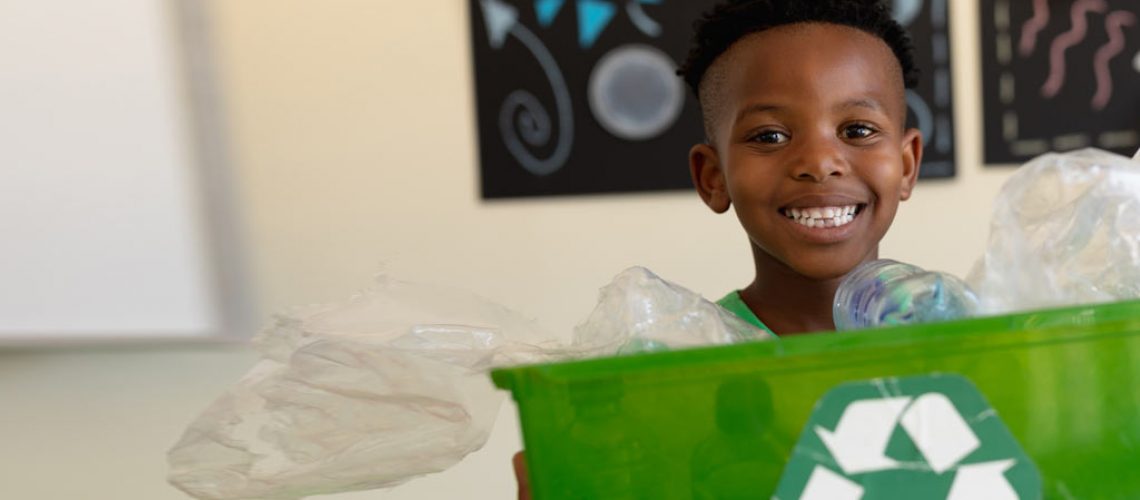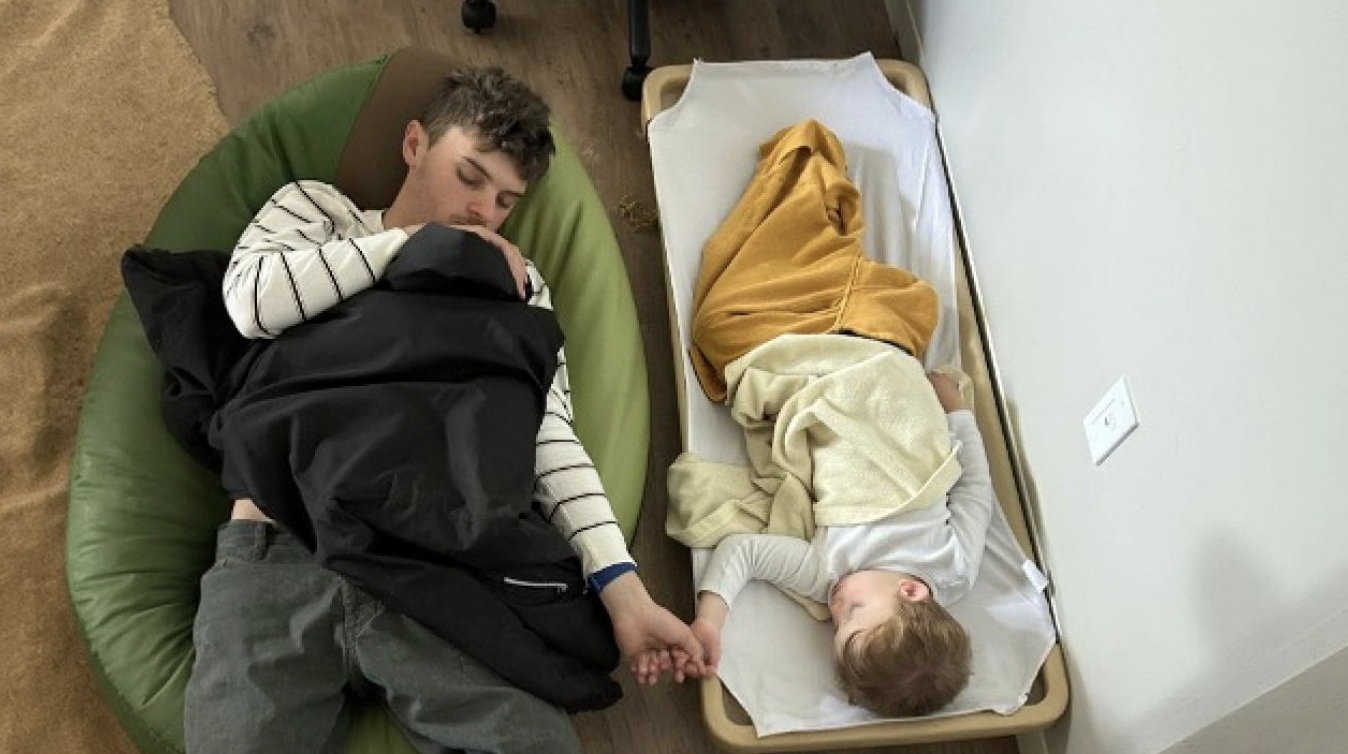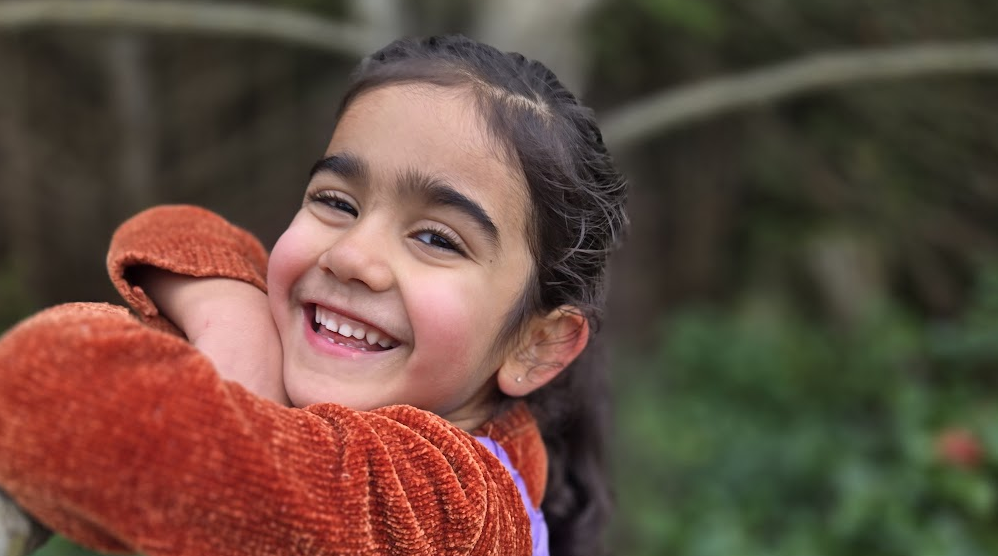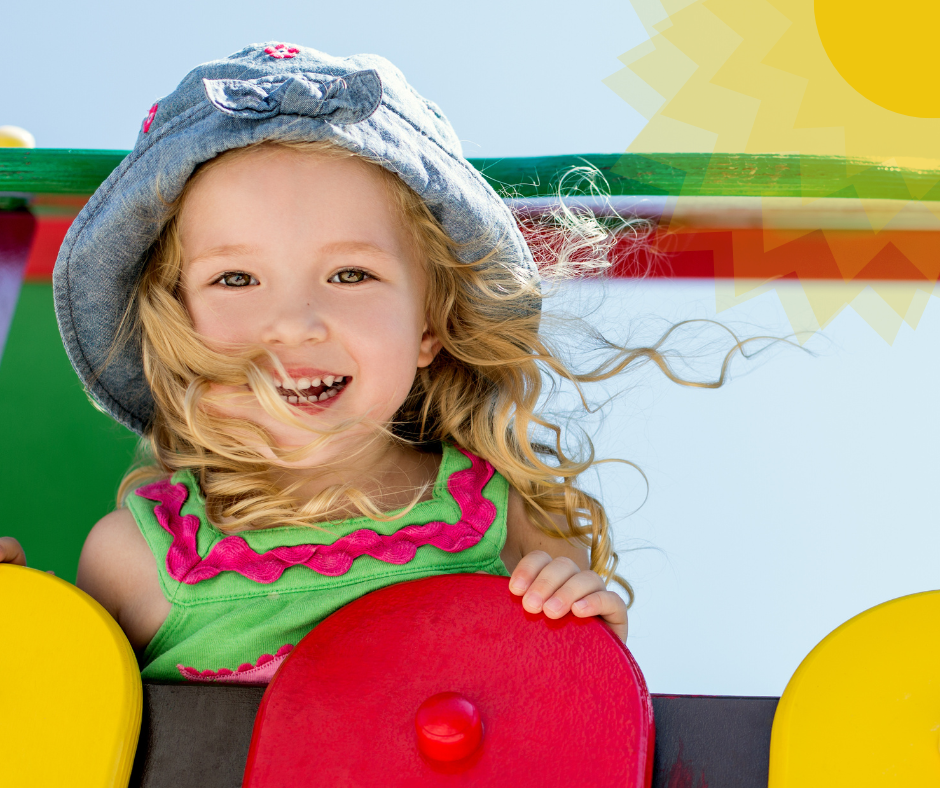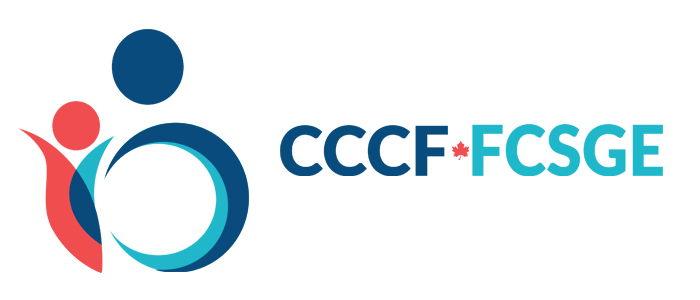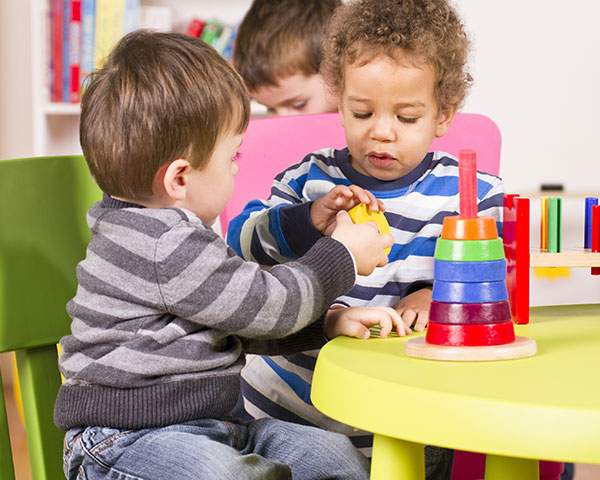Recycling has become part of most people’s lives. But before some items hit the recycle bin, they can be reused to create toys and art. This kind of “recycling” inspires the imaginations of children and adults alike. Because there is no right or wrong way to create with junk, it encourages a child’s creativity and helps develop problem-solving skills. Allow children to put their imaginations to work with your beautiful junk.
To get you started, below are listed some ideas for using common household materials in creative ways. Some activities may require adult assistance (e.g., cutting).
” Allow children to put their imaginations to work with your beautiful junk.”
Materials – Suggested Uses
Boxes – Large
- decorate boxes as “Treasure Boxes” for artistic creations
- tie boxes together to make a train; large boxes also turn into houses, castles, elephants, robots, boats, etc.
- use a series of large boxes for making an obstacle course or continuous tunnel
Boxes Small
- use food boxes and cans for dramatic and role play (e.g., playing restaurant or circus)
- stuff small boxes with newspaper and tape them shut to make building blocks
- make a notepaper holder by cutting 2/3 out of one side of a small, thin box (e.g., pudding mix); decorate and fill it with scrap paper cut to fit.
Meat trays and aluminum pie plates
- use as a base for paintings and collages, Christmas ornaments, or table decorations
- put them in the bathtub or swimming pool to use as boats in water play
- equip older children with a dull needle and yarn to sew colourful patterns on meat trays
Large chunks of styrofoam (protectors in packaging)
- buy a supply of plastic coloured golf tees, which beginner carpenters can easily hammer into styrofoam chunks
- poke sticks, straws, etc. into styrofoam chunks to make a 3-D collage
Paper towel and toilet tissue rolls
- tape two rolls together beside each other, add string and use as binoculars
- put beans, rice, etc. inside, tape closed, and use as shakers
- use as a base for puppets, by adding decorative scraps of material
- tape several together lengthwise and use as tunnels for small vehicles
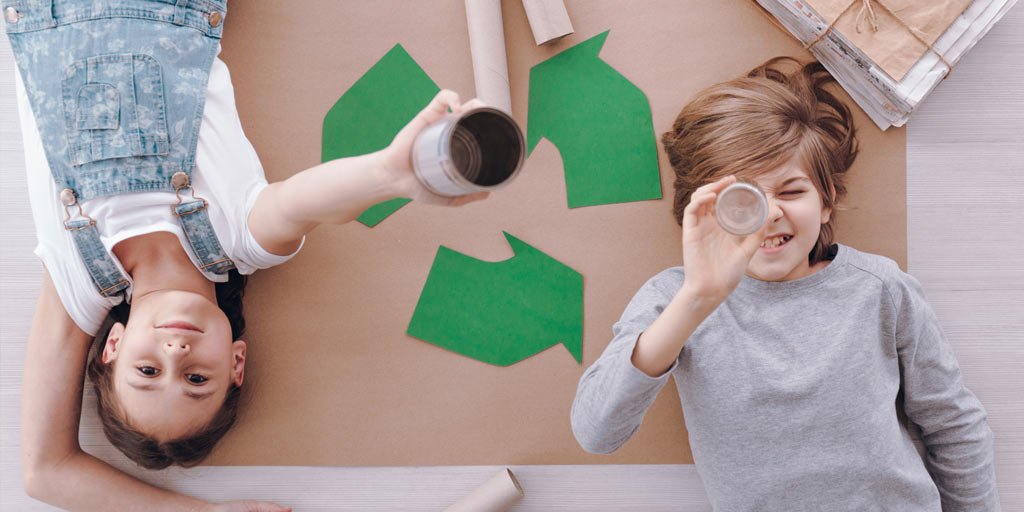
Plastic containers and lids
- cut shapes out of the lids to use as shape sorters (make shapes from other household “junk”)
- use different size containers for stacking and nesting toys
- cut interesting shapes in lids and use as stencils for painting or colouring
Egg cartons
- sort small objects into each egg pocket by size, texture, colour, etc.
- fill each egg pocket with earth, plant seeds (e.g., beans) and watch them grow
- decorate individual egg pockets; hang upside down for bells or a mobile
Milk Cartons
- cut an opening in one side, hang it up and use it as a bird feeder
- cut off the top, add a handle and decorate with ribbon for a springtime basket
Used envelopes
- use large envelopes for safe storage of special projects
- cut the bottom corners off old envelopes and decorate each as a different finger puppet
Wide-mouth jars
- make a mini-terrarium by layering charcoal, potting soil and humus, dampening the soil, and adding small plants; put the lid in place; open weekly if too much moisture builds up
- glue a 3-D scene to the lid, fill bottle with water and sparkles, put lid on, and turn upside-down
Remember, the next time you get ready to throw away beautiful junk DON’T!


